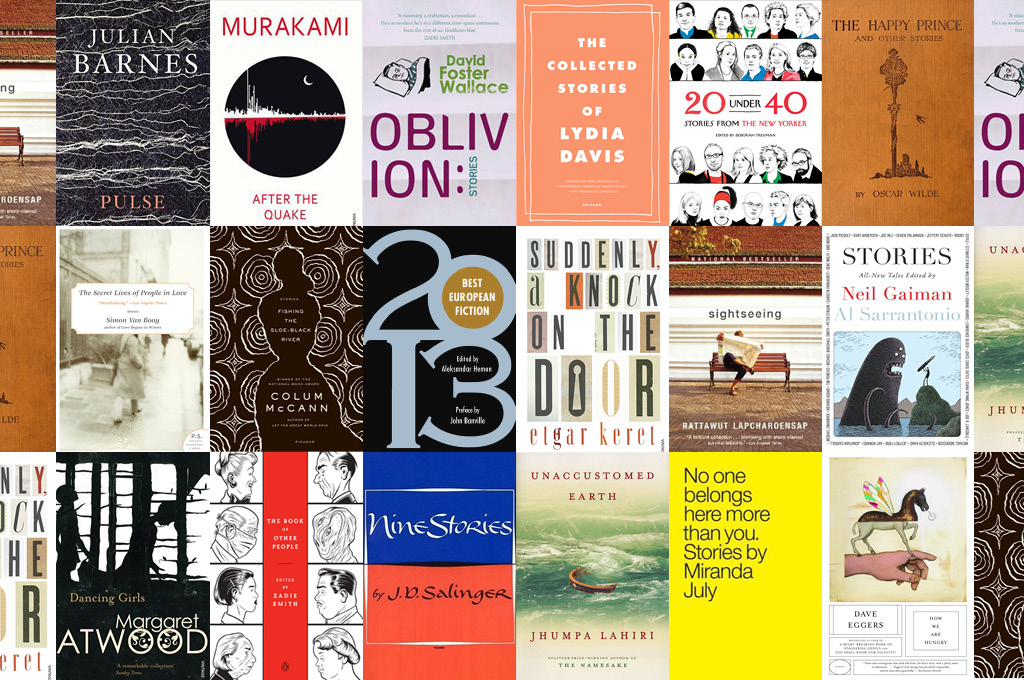
My personal obsession with short stories did not begin until I was in my early teens, when a late family friend lent me his favourite anthology. Though I cannot recall the title – since memorizing titles is not my forte – I remember what he said as he handed me the book. He was an avid reader, and owned an impressive home library that only I could dream of, so I naturally considered him to be an expert in literature. “The short story is great because it doesn’t take you long to read, meaning that you can easily read your favourite ones over and over again,” he said.
But after reading many amazing short stories by all sorts of writers, I began to develop my own reasons for loving this particular form of literature. While my mentor had a point when he told me, many years ago, that he liked the idea of not having to invest too much time in reading a good short story, I believe that the format’s true appeal lies elsewhere. It is not a matter of time, but a matter of possibilities. Time is something that cannot be recovered. Even if we do not have to spend a lot of it to enjoy a two-page narrative, we will still end up losing our precious minutes. That is why I shifted my attention from what is lost to what is gained. I became fascinated with the ambiguous nature of short fiction because I realized that it encourages me to be more imaginative.
While details are the building blocks of novels, clues are the things that make it possible for a short story to stand. Readers are often deprived of concrete information about the characters involved in the story, as well as the situations the writer throws them into. It becomes difficult to figure out the context of the story, making it even more challenging to connect the seemingly unrelated details to each other. Descriptions of characters and settings are reduced to the point that we have to make quick mental sketches to follow the story’s development. But to say that a short story is like a collection of sketches somewhat degrades the form; as if it were a draft instead of something that can stand by itself, something that has already been completed.
If we were to compare the short story to a visual art form, it would be much like an impressionistic painting. Readers are left with impressions rather than a solid understanding of a systematic storyline. Jonathan Safran Foer is a contemporary writer who is extremely skilled at creating vague but piercing images with words. His New Yorker story, “Here We Aren’t, So Quickly,” is a great example of a literary “impressionist painting.” He uses non-requiturs – where each new sentence/statement has no logical connection to the one preceding it – all throughout the story, making it an absurd reading experience. The tale, as told by the nameless narrator, begins with “I was not good at drawing faces,” which is immediately followed by “I was just joking most of the time.” And yet in spite of the confusion created by Foer’s method of choice and unique style, readers would be able to grasp the gist of the story even if pinpointing its individual strokes is close to futile.
This surreal experience is true for every kind of short story – ranging from the most realistic short ones to those that resonate an unworldly vibe. Readers will find themselves meandering through moments of comprehension and incomprehension. One second everything makes sense, the next nothing does. Readers of short stories are chained to a perpetual state of excitement and confusion.
In the introduction to Stories to Get You Through the Night, a compilation of short stories that ought to be on the nightstand of insomniacs of all ages, Helen Dunmore wrote, “What is not quite said becomes even more powerful than what is made explicit.” While there is a lot of truth to her observation, it is also rather clumsy to come to the conclusion that “less is more.” Saying so would be no different than completely dismissing the admirable commitment that novelists, and writers of other long forms of literature, have to their work. But what I do want to point out is that the quantity of words has little to do with the quality of the overall story. Exhaustive descriptions do not guarantee exceptionality, nor do brief witty sentences always deserve the praise of others.
Even so, length is not entirely irrelevant to the reading process. Due to the short story’s shortness, readers would find themselves gasping for air just trying to keep up with the pace – even if the story itself progresses slowly. Maybe it is the conciseness that tricks readers into thinking that the flow is rapid even if it is not. Upon reading the first sentence, the reader is prone to set a goal: “Alright, I must understand this story by the time I reach the last period.” The more ambitious ones among us would most likely aim for an earlier checkpoint – perhaps the period at the end of the second paragraph. But this calculated approach threatens to kill the experience of being pleasantly lost in a sea of questions, of infinite maybes and what ifs. As a huge fan and devoted reader of short stories, I suggest that you simply dive into the story. Immerse yourself in the narrative, and you will be surprised at how the shortest tales can leave the longest impressions.











